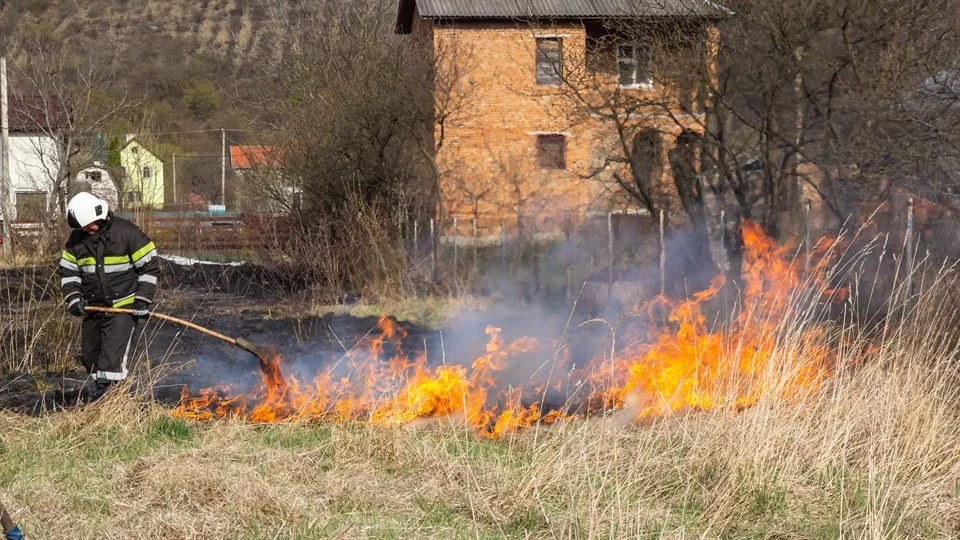An emerging strategy for wildfire mitigation is to protect the built environment with strategical landscape management in the Wildland-Urban Interface (WUI). Specifically, tree canopies dominated by deciduous species seem to have a multi-functional damping effect on fire intensity and spread. Simultaneously, changes in landscapes affects its residents’ wellbeing through their place attachment and recreational use of the landscape.
The aim of this project is to formulate how landscape management in the WUI can reduce communities’ vulnerability to wildfire. Organizational, social, and biophysical perspectives of deciduous tree inclusion, management of open land and landscape planning are integrated to elucidate how local level management takes place, how tree species selection and other measures reduce vulnerability of properties, and how changes in landscape management affect residents and users of the WUI. We use this knowledge to identify the barriers for adaptation and to identify communication needs and channels to facilitate implementation.




